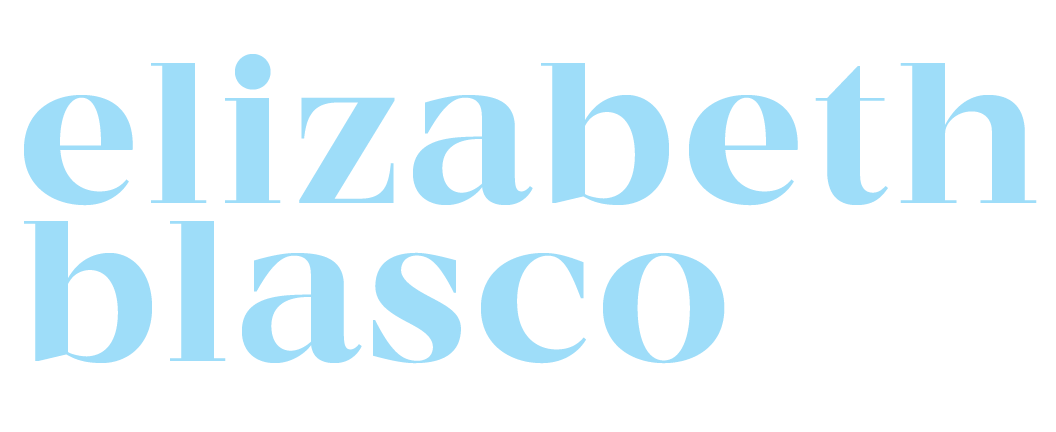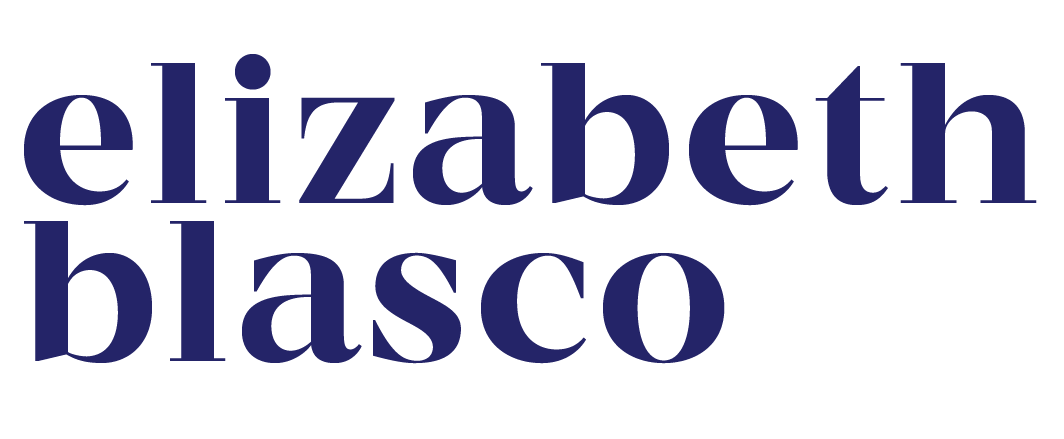Graphic Content is a book intended to serve as an introductory resource for anyone interested in the intersection of media production and design. This project highlights the work of designers who are often overlooked: graphic prop designers.
These are the artists responsible for creating anything you see on screen that includes text or imagery, including but not limited to signage, documents, maps, posters, packaging, and patterns. Their work is intentionally "invisible", expertly crafted to blend into the scene, which is why the creative talents of these designers often go unrecognized.
Book cover & Bridge of Spies spread
The book's content briefly touches on everything from the literal job description of a graphic prop designer to their workflow and creative process. It alternates between informative text and reference imagery to help the audience visualize designs and processes being discussed.
The book not only focuses on the specifications of the job, but also explores a few specific designers with experience in the industry. Brief bios about designers Annie Atkins, Leah Spencer, Eric Rosenberg, and Ross MacDonald are featured alongside a quote about the job and examples of their work.
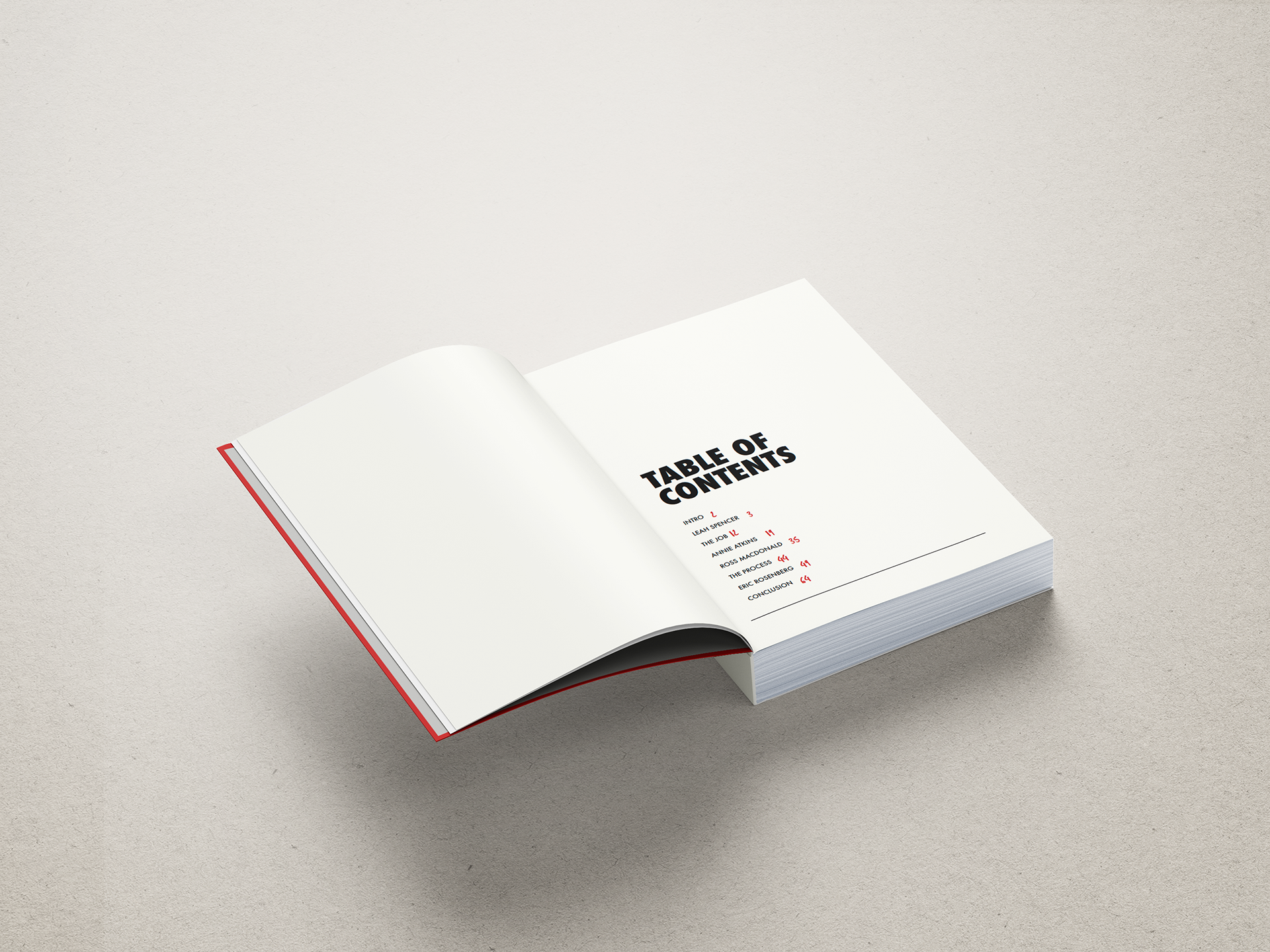

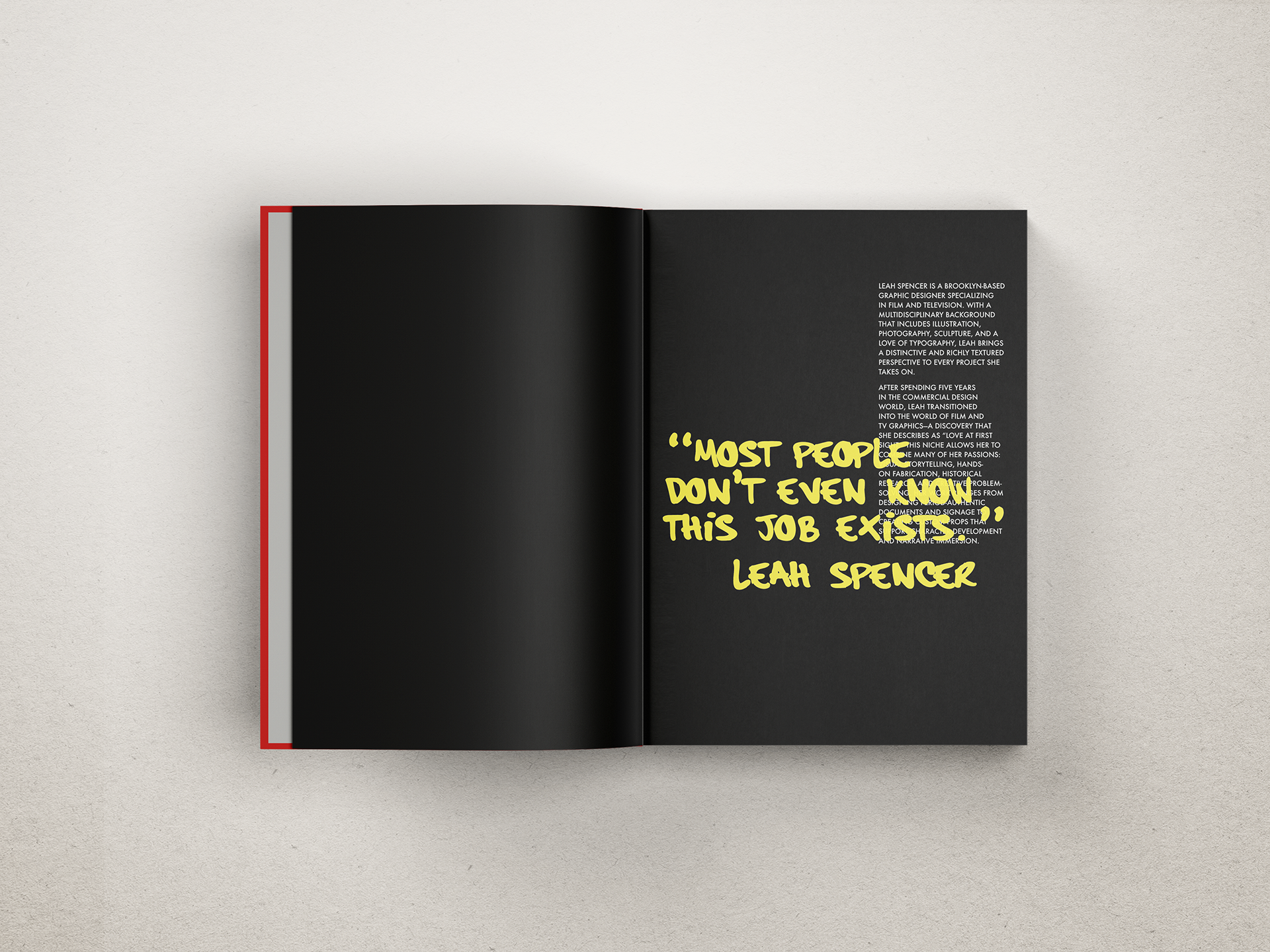

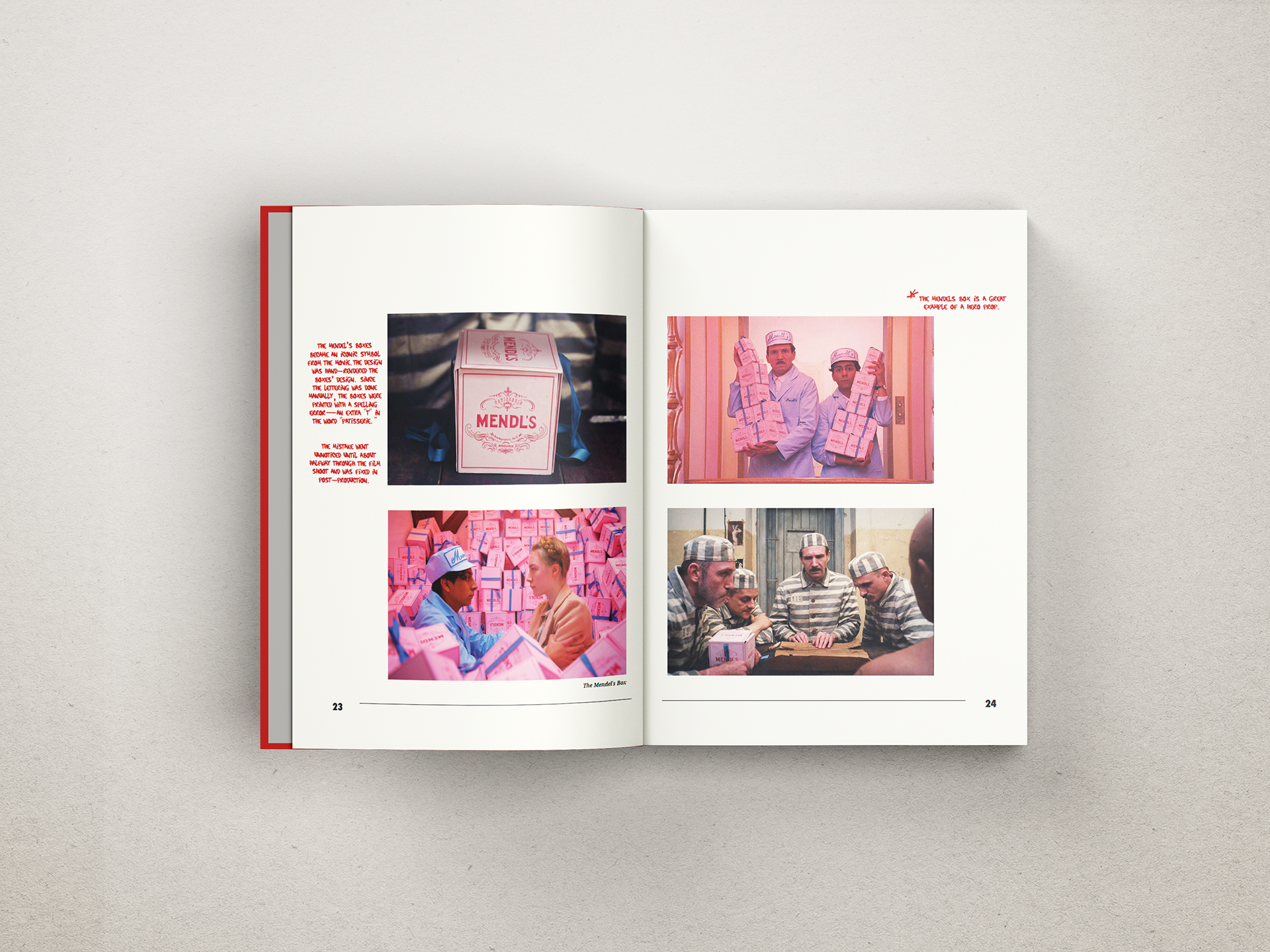
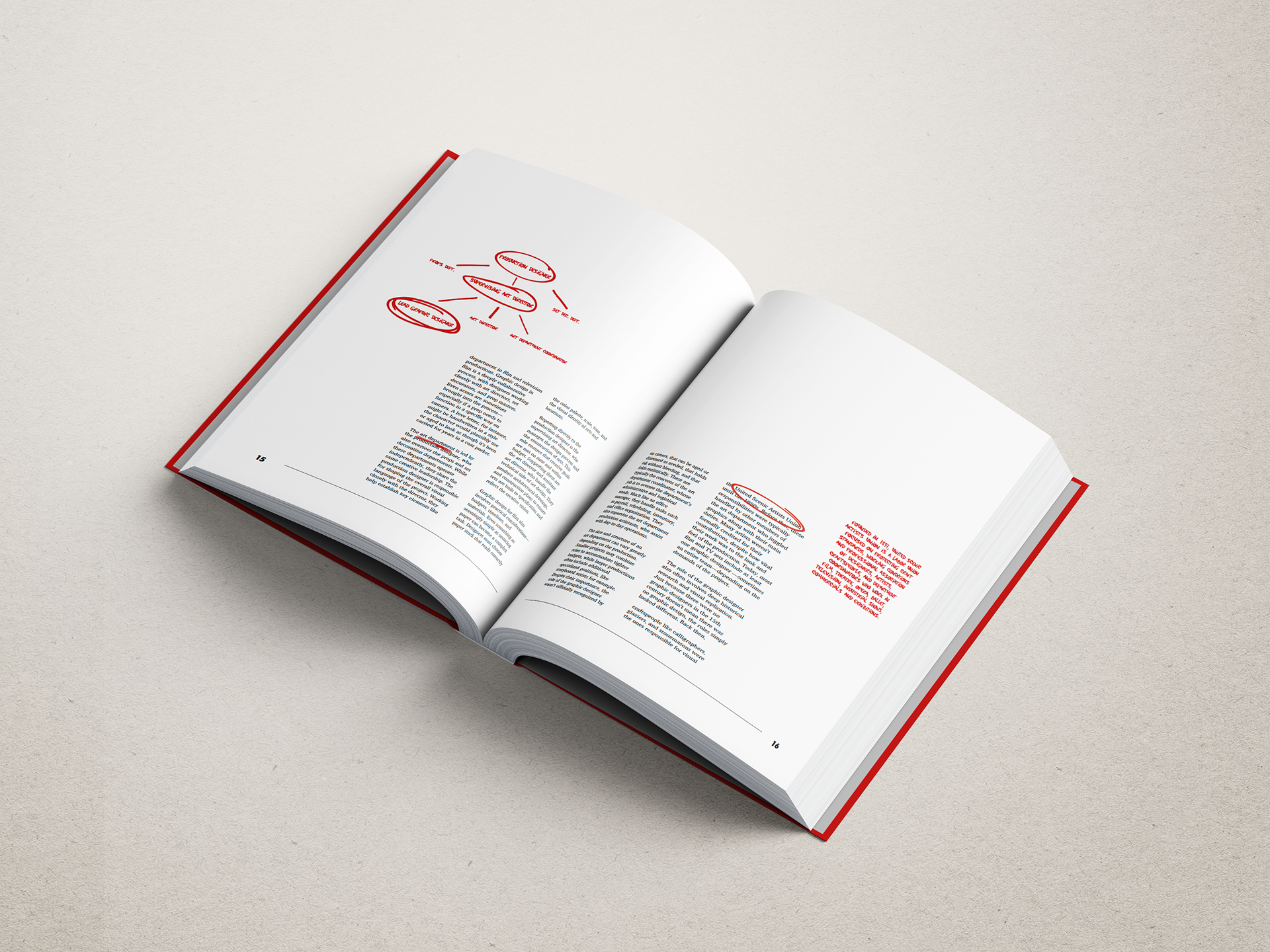


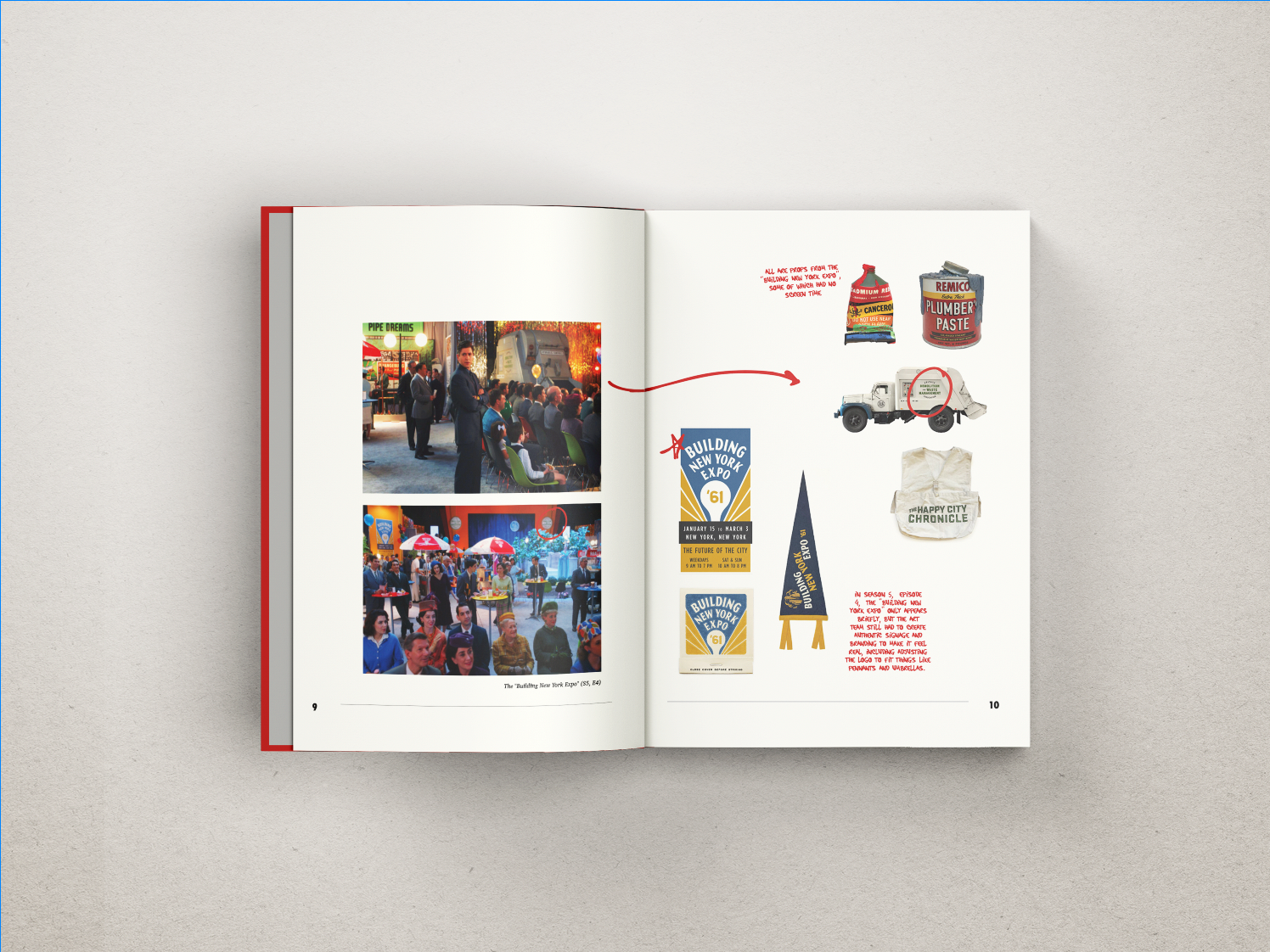
Book spreads
Throughout the duration of this project, the design choices were consistently evolving. The stylistic choices are meant to mimic mixed media, using handwritten fonts and stamp-like imagery to reflect the craftsmanship that is put into the work.
Design principles such as contrast, hierarchy, and grid systems were used to create clean page layouts to present the formal information gathered throughout the research process. To add a personal element, key points, design vocabulary, and anecdotes from featured designers were highlighted as annotations in a bold, handwritten font. This was intended to make the audience feel as if they were a part of the conversation.
Designer postcards featuring a quote and QR code, linking to the artist’s portfolio (front), with a digital collage of their work (back).
Zines featuring specific information on each designer's background and career.
Besides the final printed book, each of the four designers featured in the project got a postcard referencing their work and a zine further exploring their design background and work experience. Both the postcards and zines include a digital collage of some of the designers' most recognizable work. Stickers that featured these popular designs were also printed in a stamp-like texture to match the style of the digital collages.
These additional deliverables were handed out during the BFA Thesis Show. These items were made and distributed with the intention of providing further information for those interested in the topic, as well as celebrating each designer and their body of work.
Stickers that reference media discussed in the book.
